DENVER — Students from Metropolitan State University of Denver, University of Colorado Denver and Community College of Denver are unearthing artifacts from the historic Ninth Street Historical Park in downtown Denver.
The goal is to teach them more about the families who were displaced in the 1960s and '70s to make room for the Auraria Campus.
“Having students that have a connection to this area is really important,” said Dr. Michael Kolb, an MSU Denver anthropology professor. “It can tell us a little bit about the legacy of the displaced Aurarians and other peoples who lived here, including Native Americans who lived in this spot before it became a campus in the early '70s."

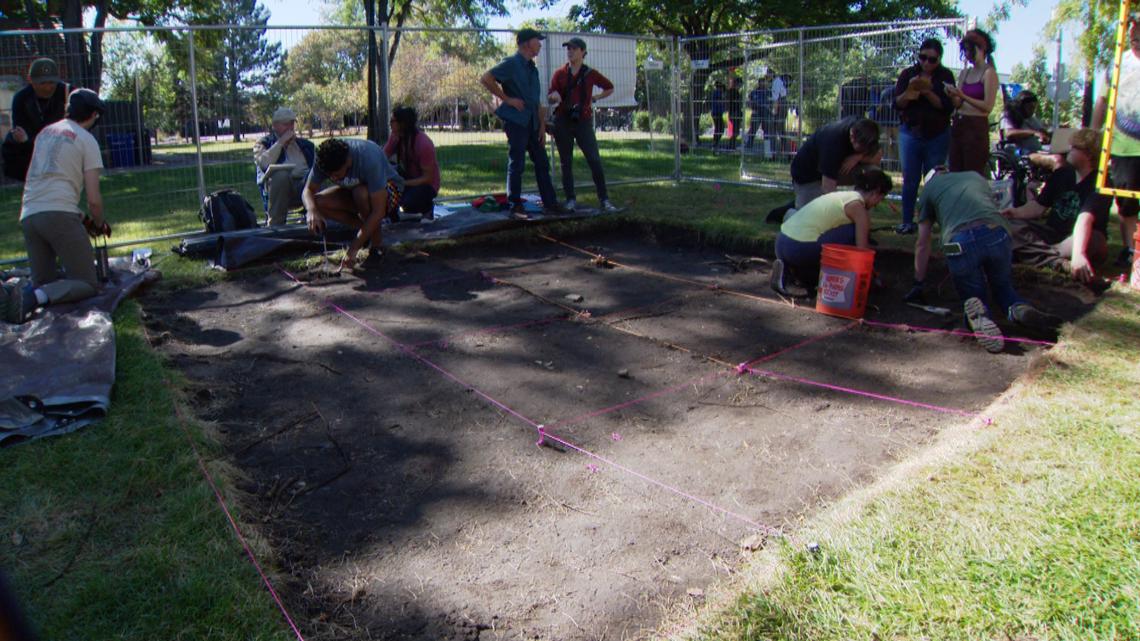
About a dozen houses were preserved from one of the city’s oldest neighborhoods. The excavation there is the first step in an ongoing effort to memorialize the people who lived where the Auraria Campus now stands.
Students from each school take part in the project, with the long-term goal of housing the artifacts in a museum that would help educate students about the history and legacy of those who were displaced.

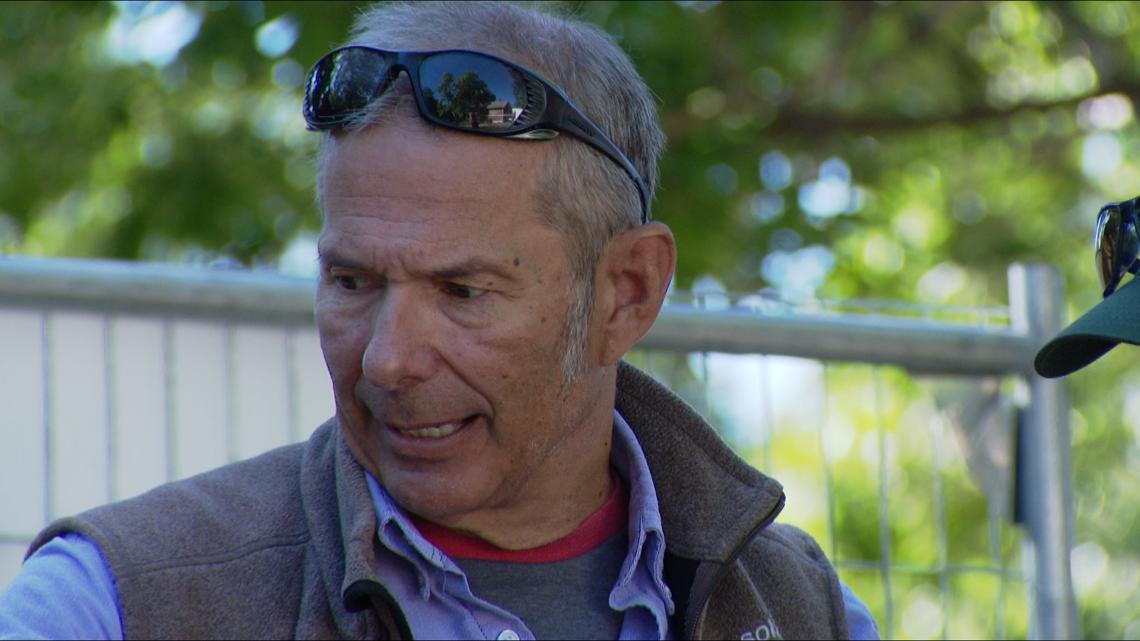
“Many walk by, they look at the historical buildings and go, ‘Oh, that’s cool,’ but it doesn’t mean anything to them,” Kolb said. “What we’re trying to do is develop a little bit of context and meaning for students, as well as a group of people who used to live here.”

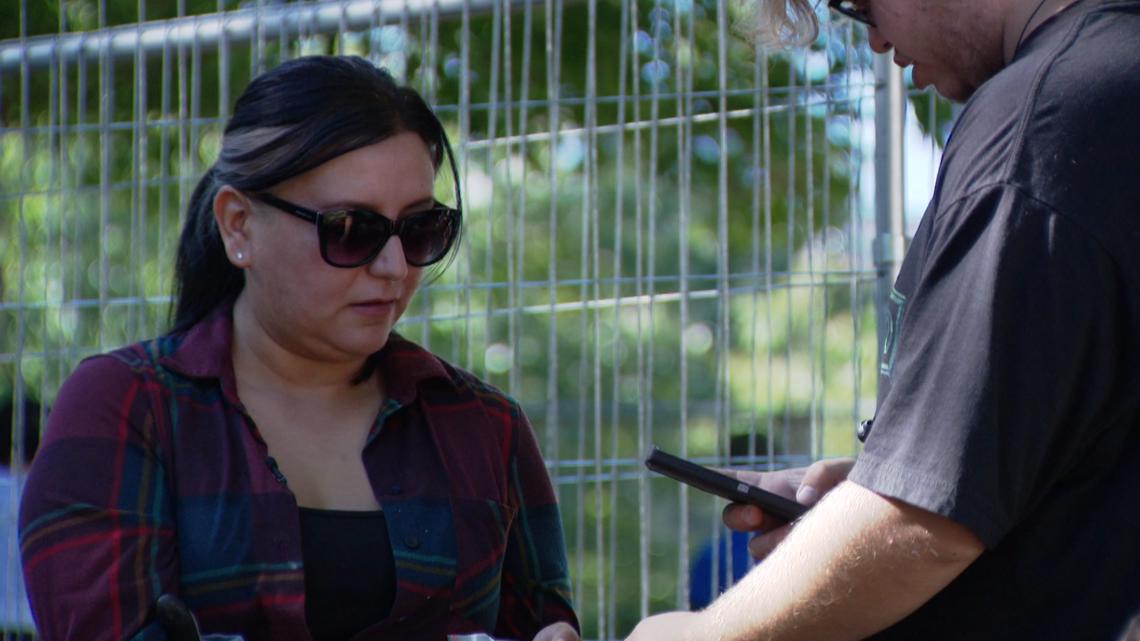
People like the family of Dannell Mondragon, whose family history to the site dates back four generations.
“I have history here with my great-great-great-great grandparents and grandparents and my father lived here,” Mondragon said. “My grandpa lived here … with his three sisters and their parents, I believe 1940s through the '70s."


Mondragon volunteers her time to help with the dig. She said this neighborhood is where her grandparents met when they were kids.
“When I found out that my family lived here and they were going to be doing this, I wanted to be part of it,” Mondragon said. “This is where my grandma and grandpa used to be. This was their playground, pretty much.”
The project started a few years ago when Gene Wheaton, an anthropology instructor at the Community College of Denver, and a private firm surveyed the campus using ground-penetrating radar.
They found several structures below the grass, between two houses in the Ninth Street Historic Park. Wheaton and Kolb speculate that two of the structures are trash pits, with the third, a flat surface, likely being the floor of a carriage house or possibly a latrine.


“You’re going to find artifacts here because these were people’s backyards,” Kolb said. “There are the alleyways, and in the olden days, there was no garbage collection, so they did everything here, and this would be where they would dispose of many things … that was in their backyards.”

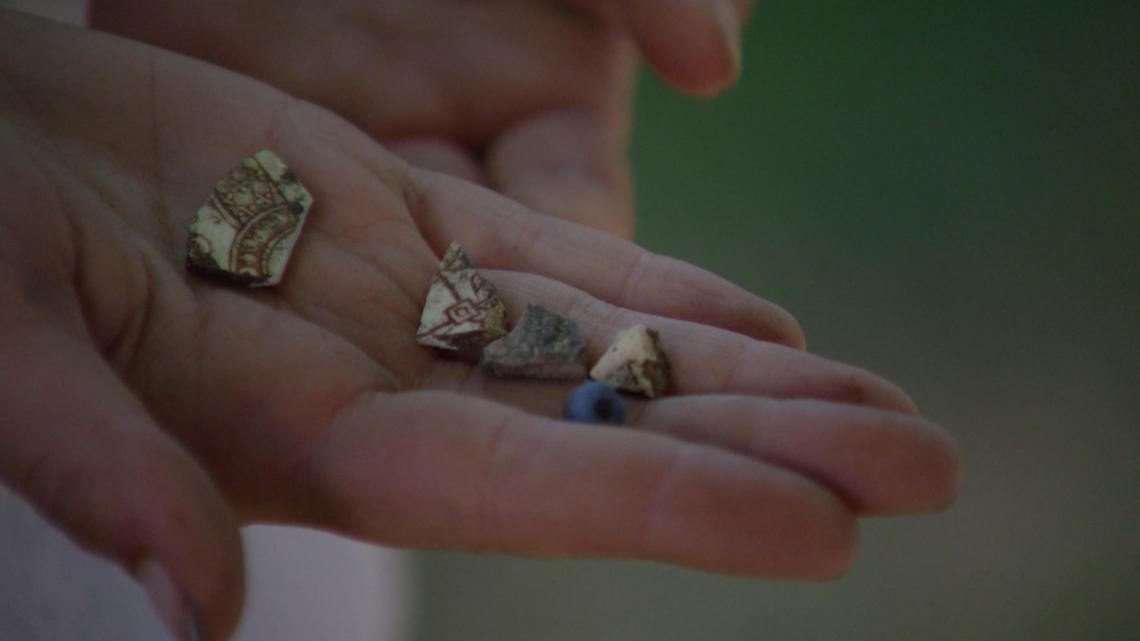
The hope is to bring an awareness to the history on this campus and pass on the legacy of families like Mondragon's that once called this neighborhood home.

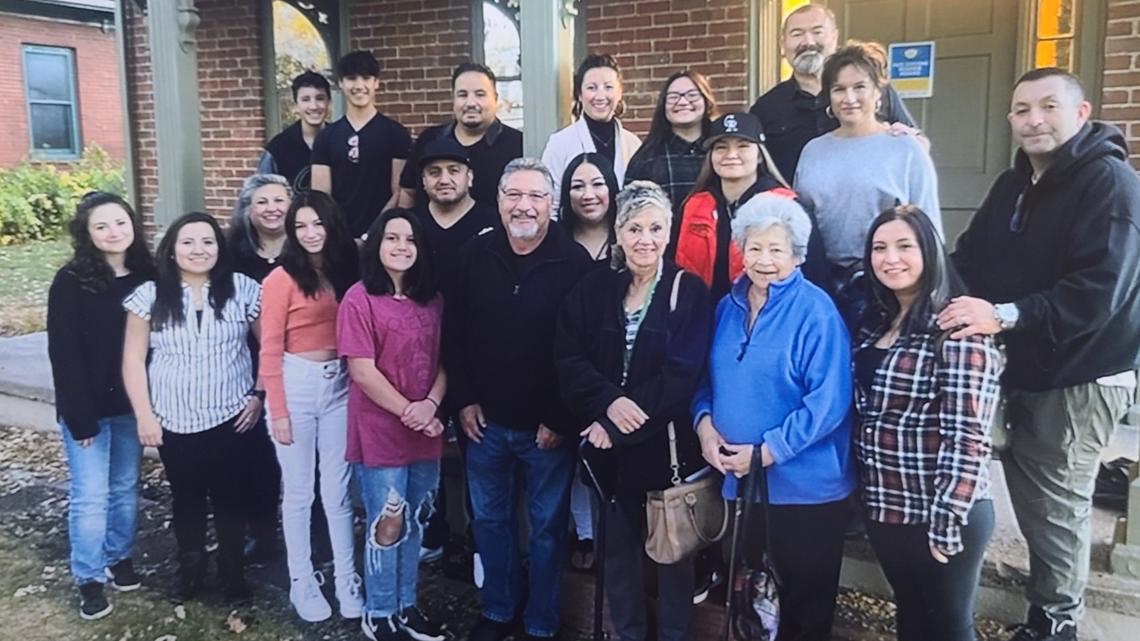
“I love the history part of it and to be a part of it,” Mondragon said. “To know my family used to live here, it just brings joy to me.”
For more information, click here.
SUGGESTED VIDEOS: Colorado’s History

